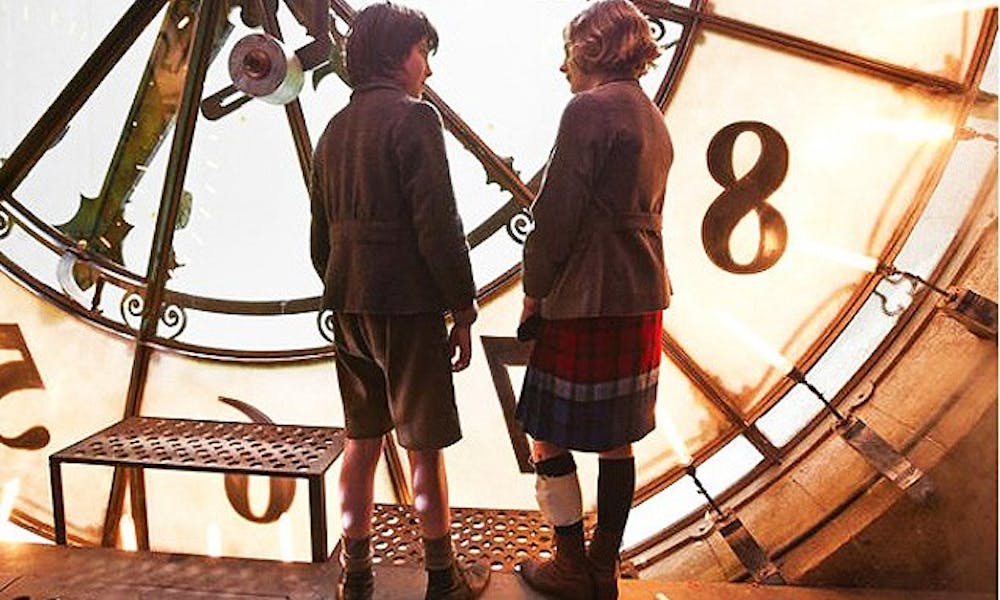“Time has not been kind to old movies,” explains film historian Rene Tabard about halfway through Hugo, Martin Scorsese’s new 3D family film, at which point the director himself steps in to take up that mantle.
Hugo is, among other things, Scorsese’s love letter to old French cinema, eventually revealing itself to be less about a boy living in a train station and more about French filmmaker and “cinemagician” George Melies (Ben Kingsley). Melies, the inventor of the stop trick technique in cinema, was making films as early as 1896, and by 1914 had completed over 500 silent films. World War I, however, saw the inventor of special effects lapse into obscurity, as his films were melted down for their chemical components and he was forced into bankruptcy.
Scorsese, in portraying Melies, cleverly picks up with him there, as a forgotten old man who works in a train station toy store and struggles to keep his memories of the past from surfacing again. In fact, Scorsese mimics the historical record exactly, waiting to reveal the true identity of his character until he is rediscovered and reestablished within the academy by the historian Tabard, a synecdoche for the film itself. Tabard brings Melies the recognition he deserves, casting him back into the spotlight at the same time as Scorsese moves away from young Hugo and refocuses the film around Melies as the true protagonist, even incorporating archival footage of the director’s famous 1902 film A Trip to the Moon, among many others.
But Scorsese’s nod to his predecessors, and contemporaries, does not end there, as the form of his film is steeped in the footprints of those who came before him. By including the archival footage of Melies’s A Trip to the Moon, Scorsese employs cinema in the telling of its own history, in much the same way that Jean-Luc Godard does in his polemical, six-hour long 1998 film Histoire(s) du Cinema. Furthermore, the way in which Scorsese plays and replays footage of the Lumiere brothers’ self-explanatory 1896 film The Arrival of a Train at La Ciotat Station—which sent 19th century audiences running for the exits as the train barreled toward the screen—before actually depicting his own trail derailment, echoes the literalization of metaphor that so famously characterizes the beginning of the 1929 surrealist film Un Chien Andalou. And Hugo, like much of European cinema, refuses to forget the wars of the twentieth century: throughout the film, Inspector Gustav (Sacha Baron Cohen) ambles along on his war-torn leg, its corrective mechanical apparatus continually squeaking and reminding the audience that war has always had an invasive place in the theater.
It is somewhat odd that Scorsese chooses to celebrate cinema’s craftiest filmmaker, who used to hand-paint each frame of film to produce the illusion of color, with a special effect as sweeping and impersonal as 3D film has come to be. Still, though, the initiated will enjoy picking up on Scorsese’s many references almost as much as the director himself appears to have enjoyed crafting them.
Get The Chronicle straight to your inbox
Signup for our weekly newsletter. Cancel at any time.

